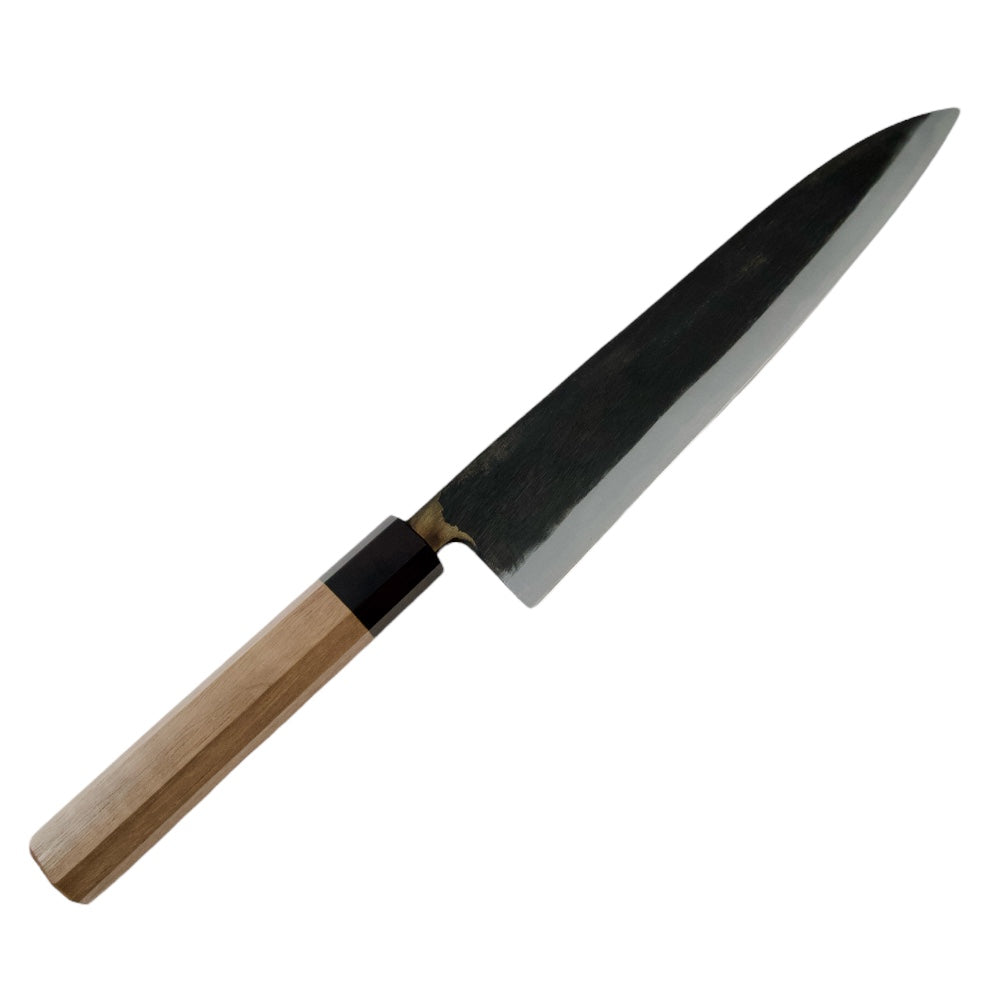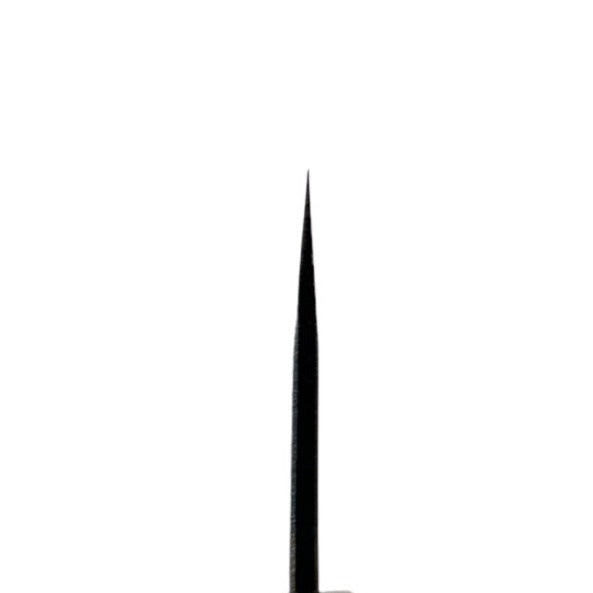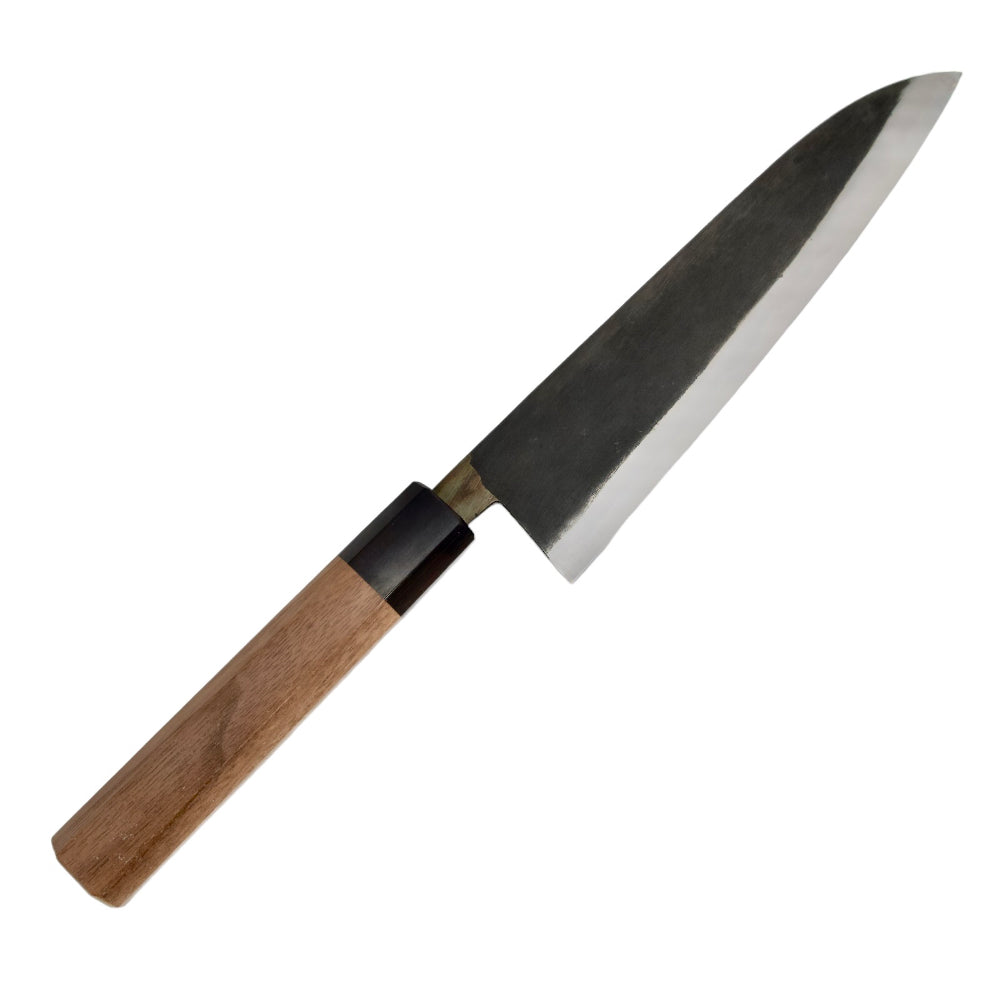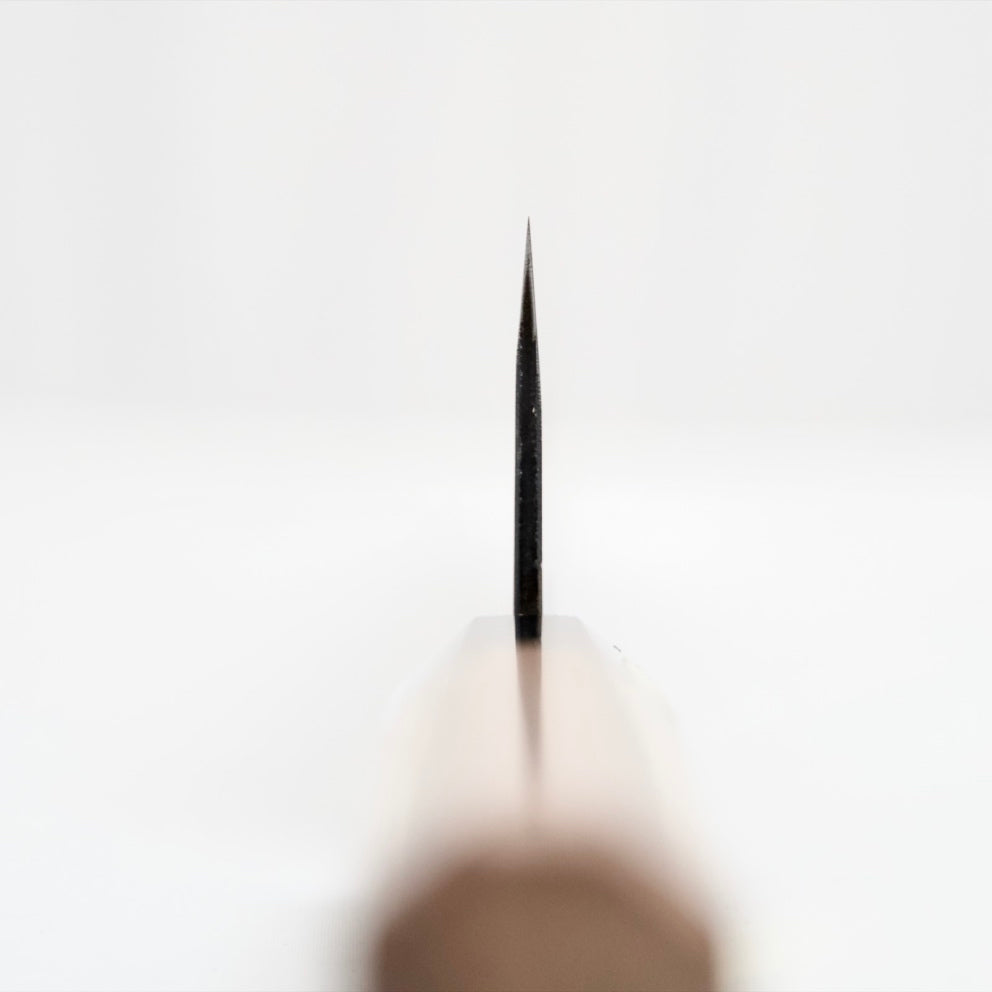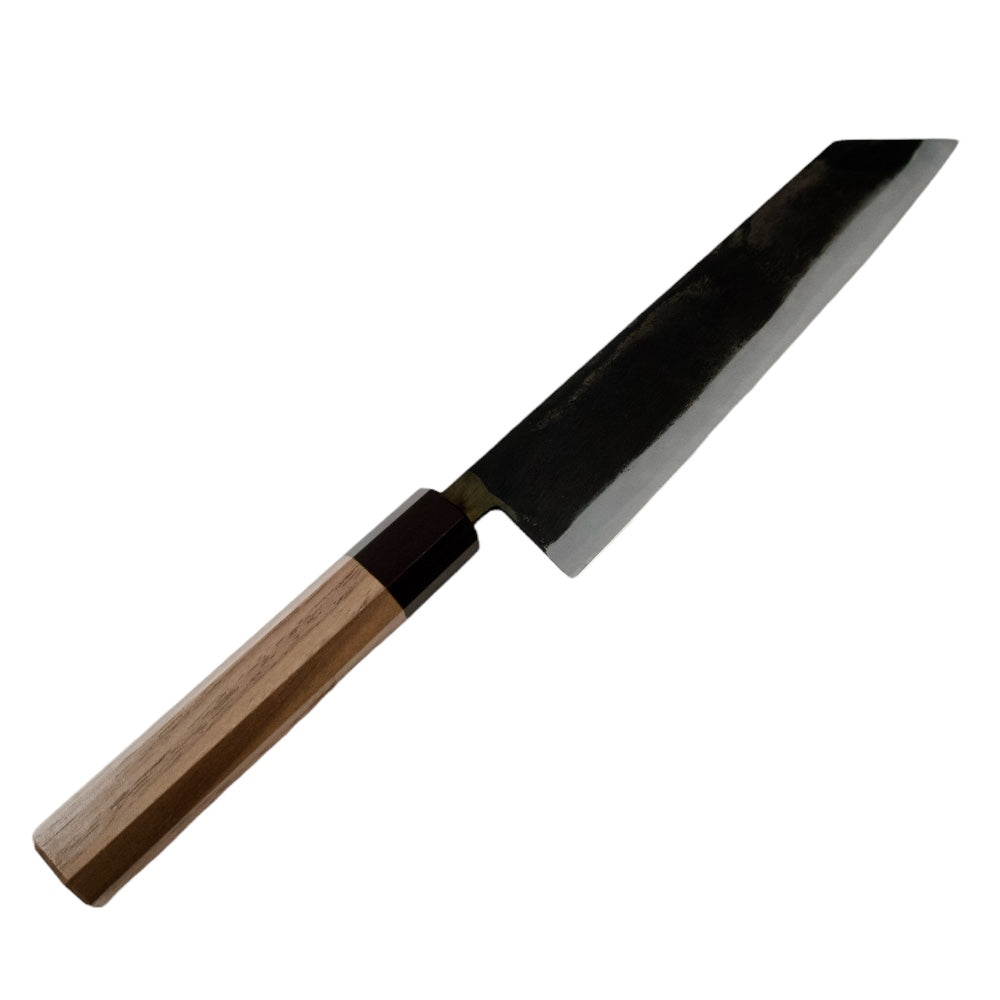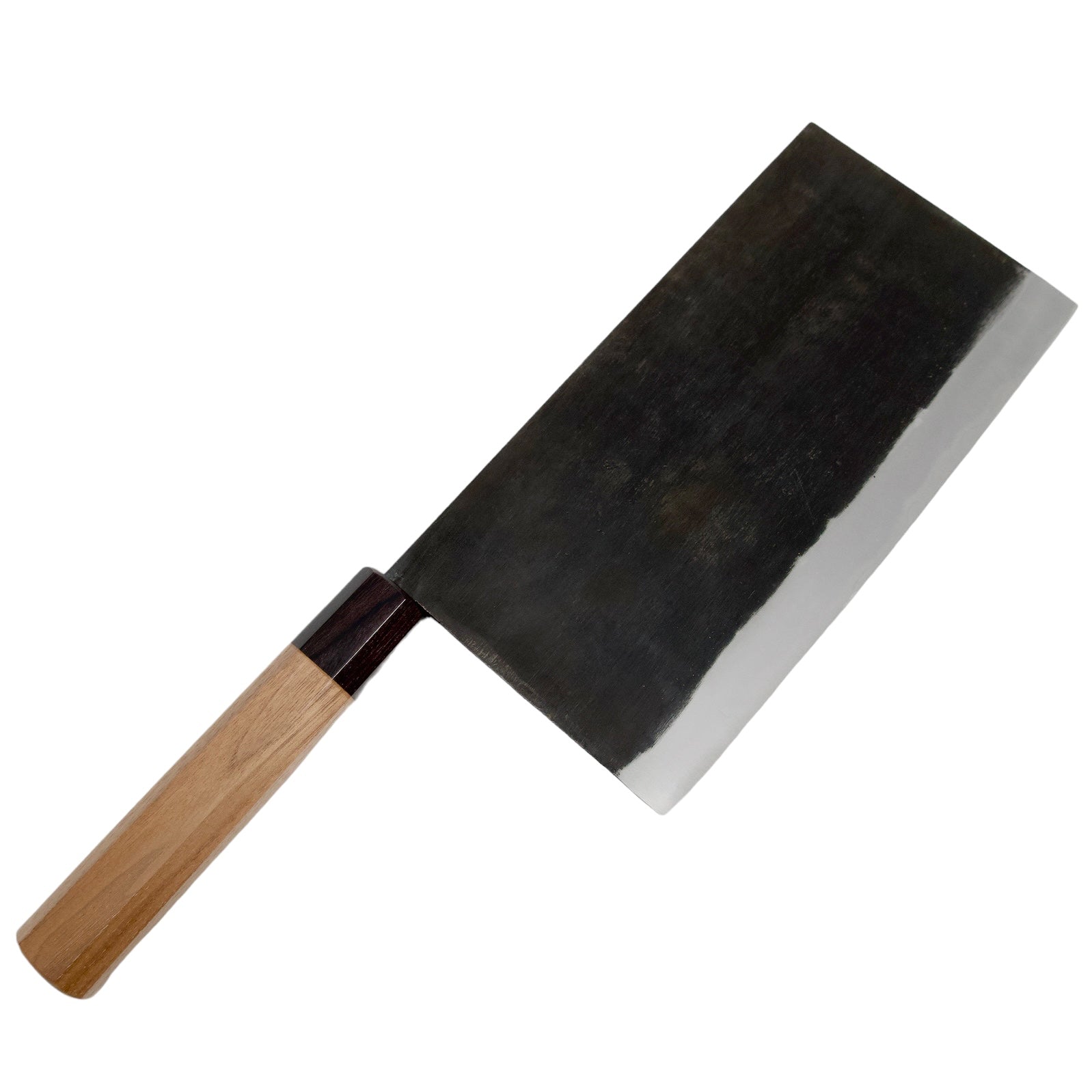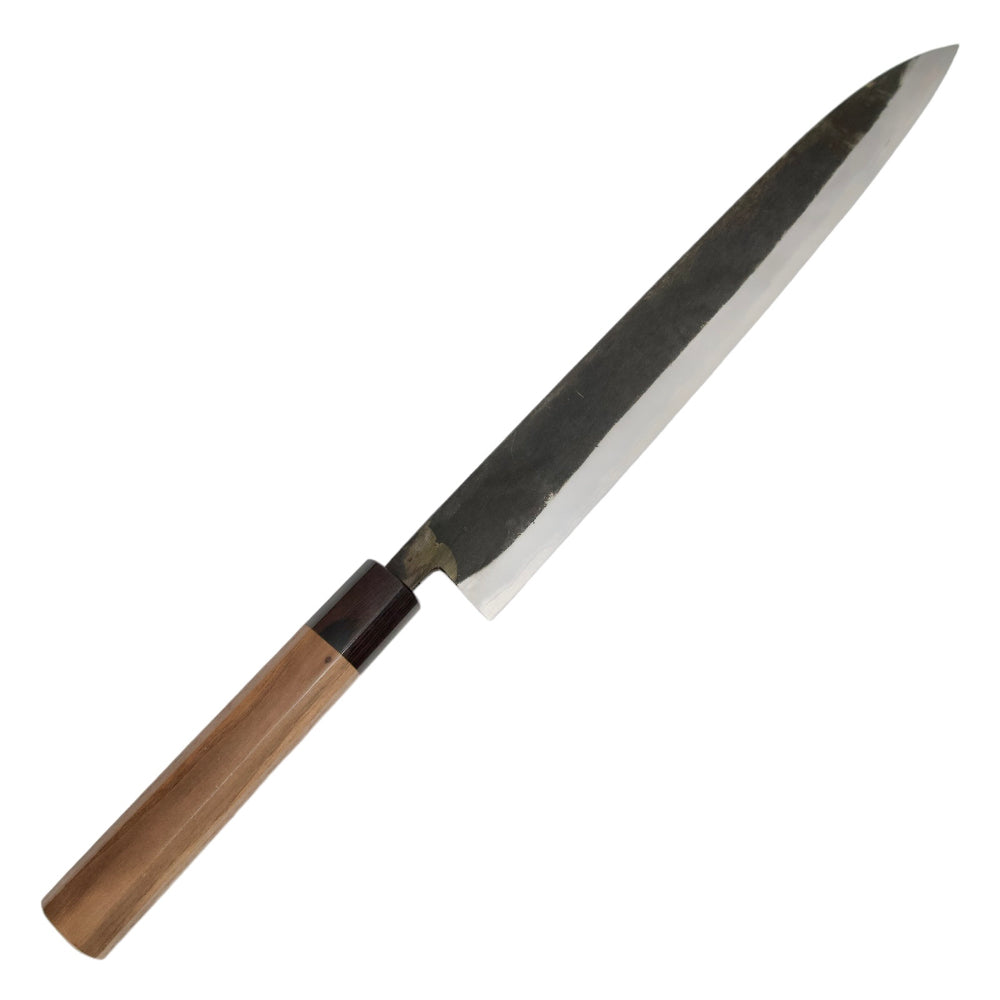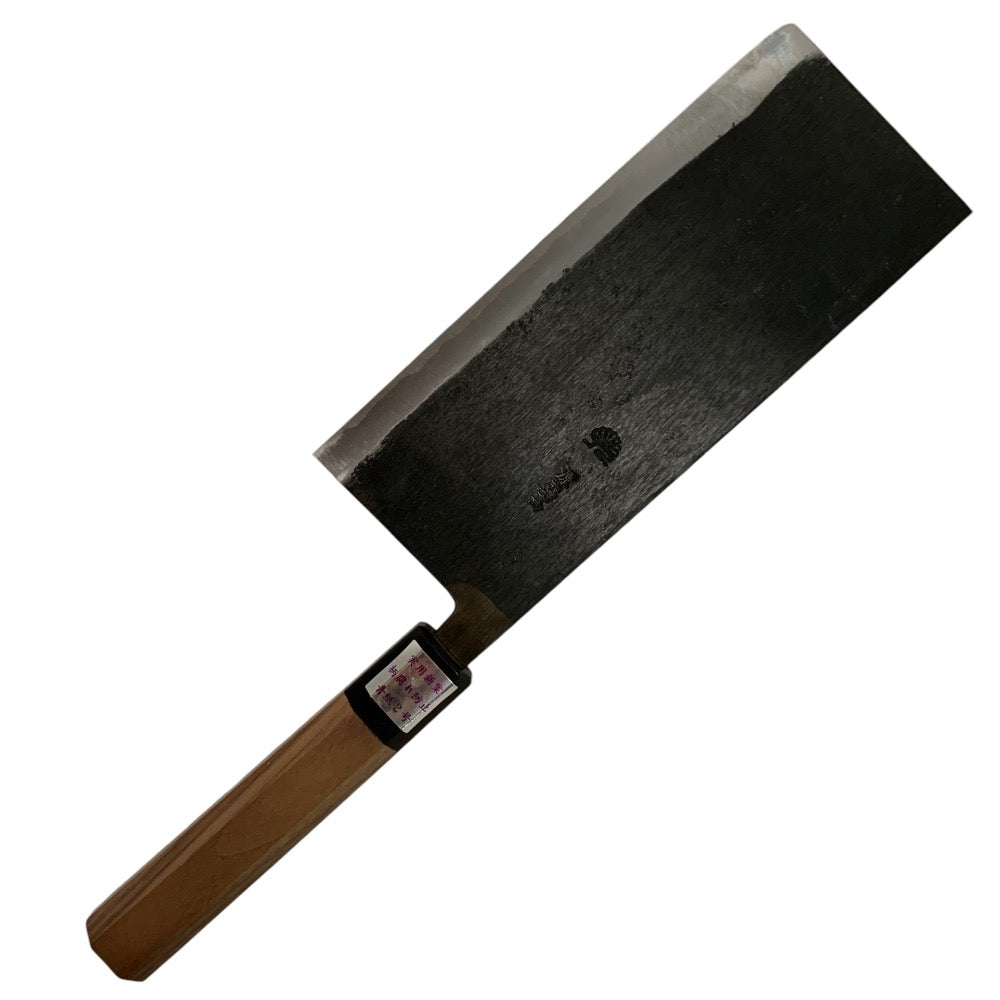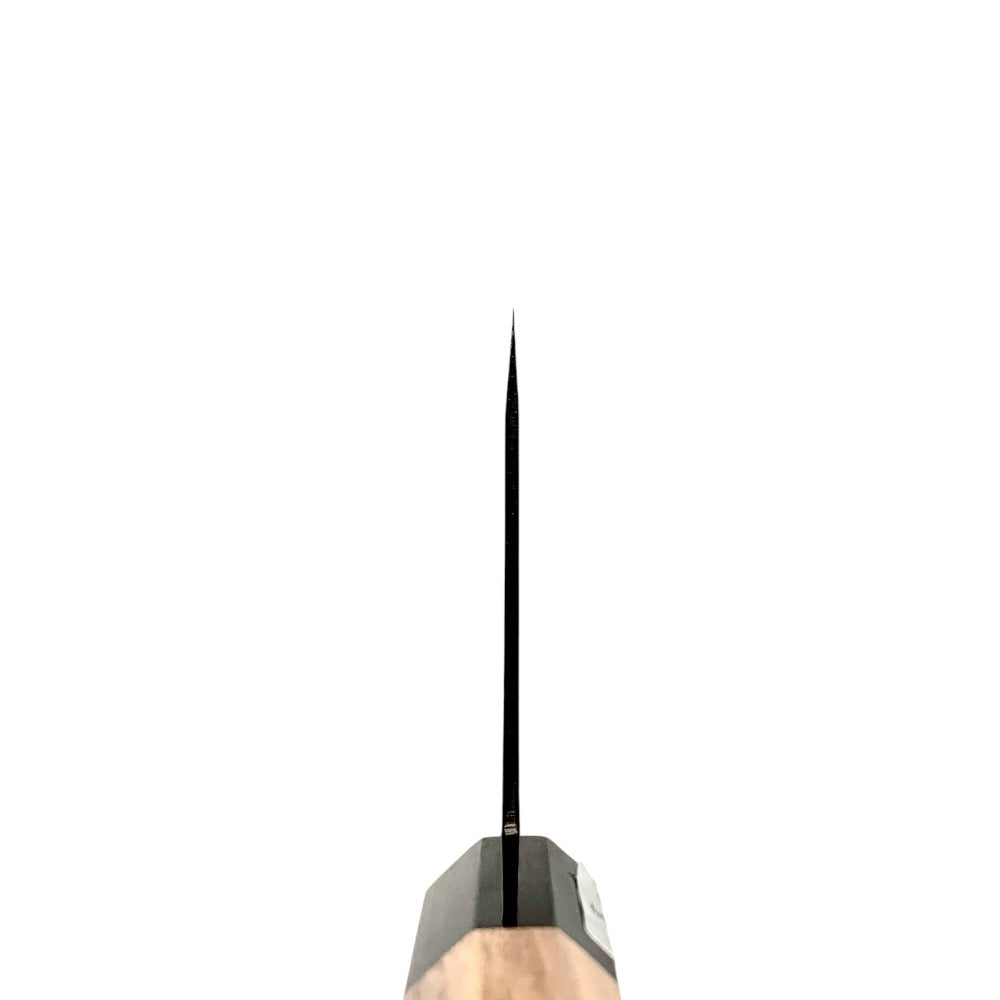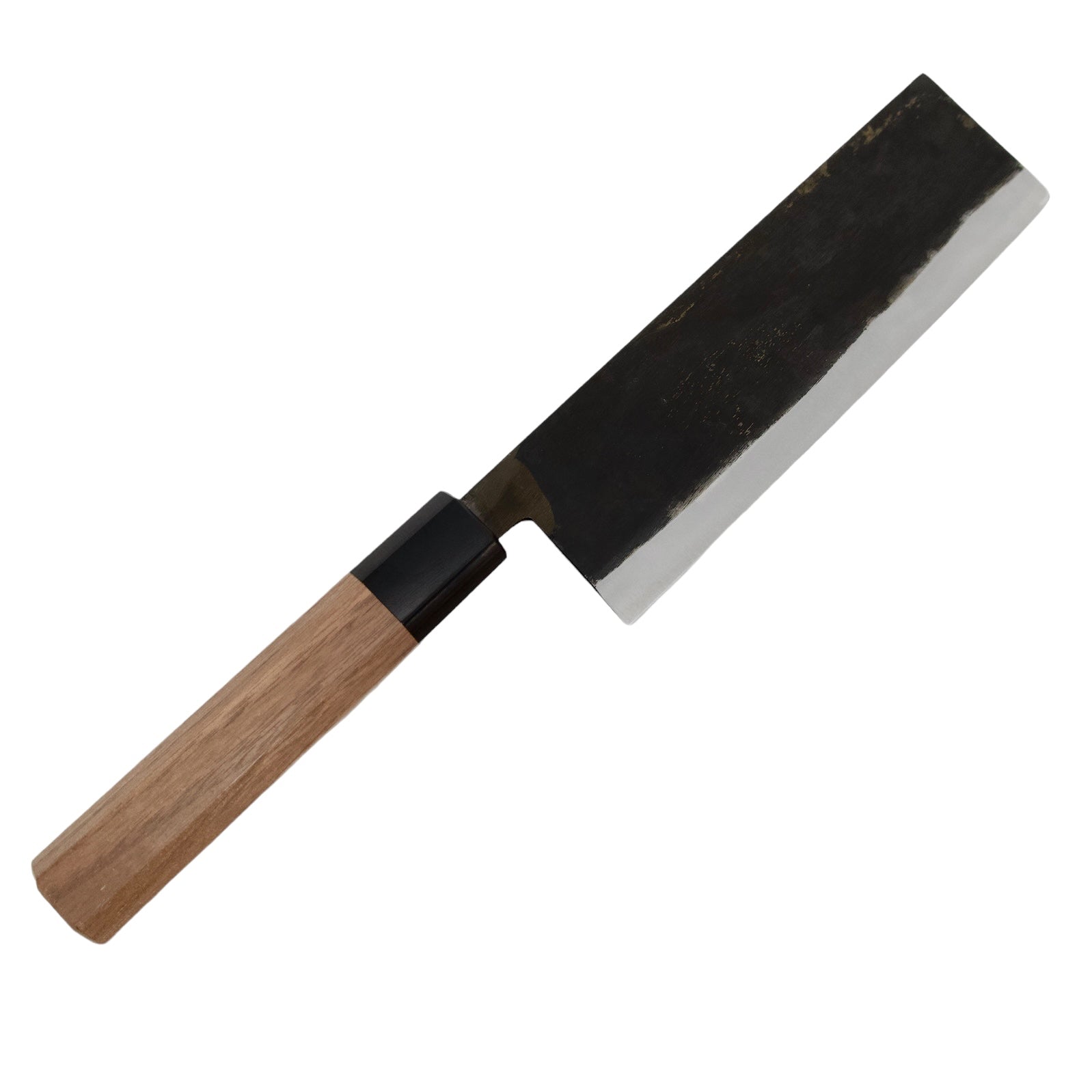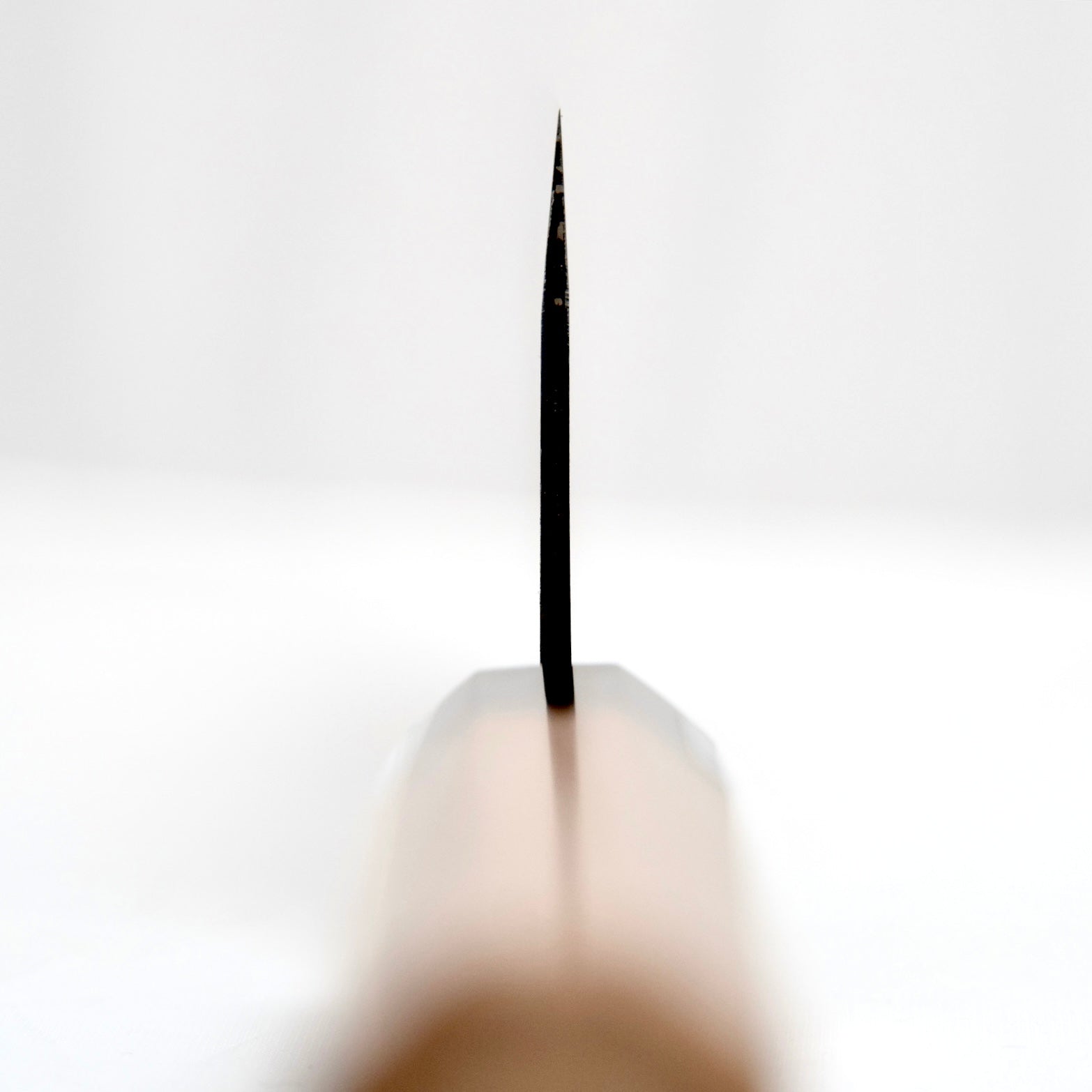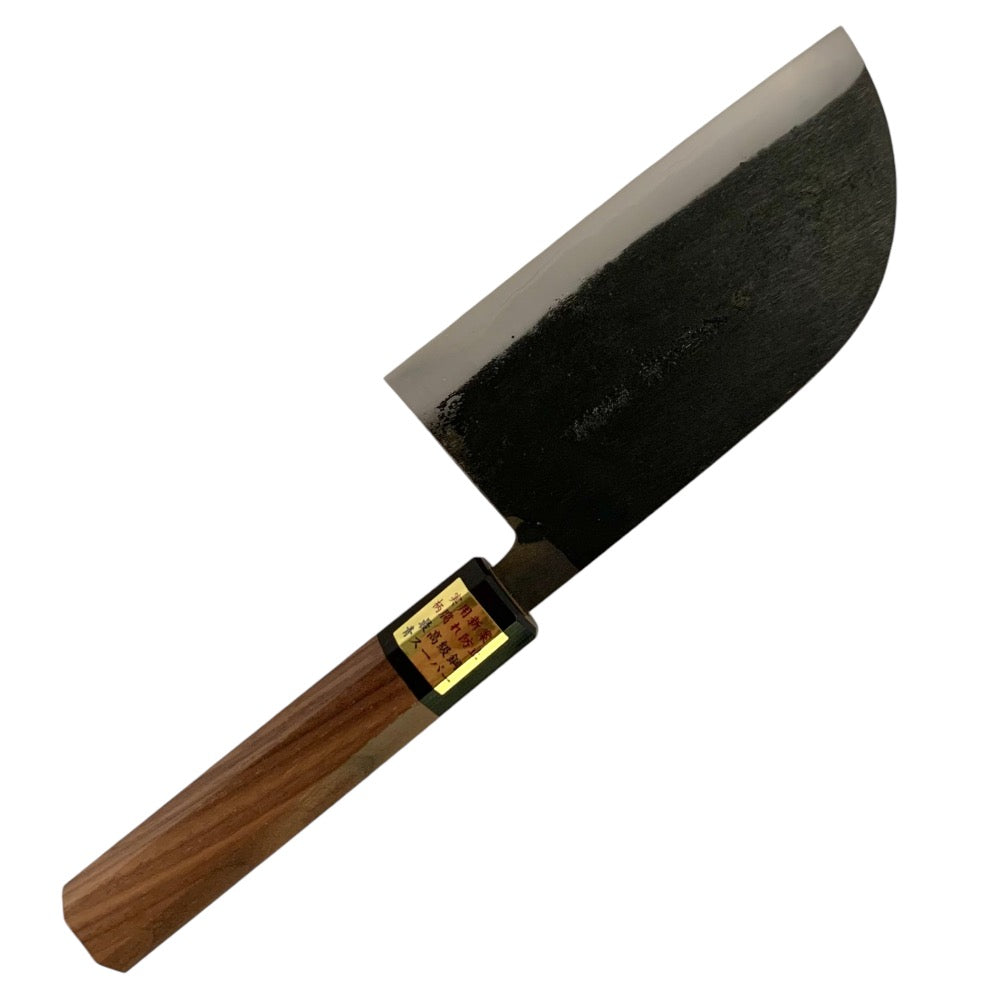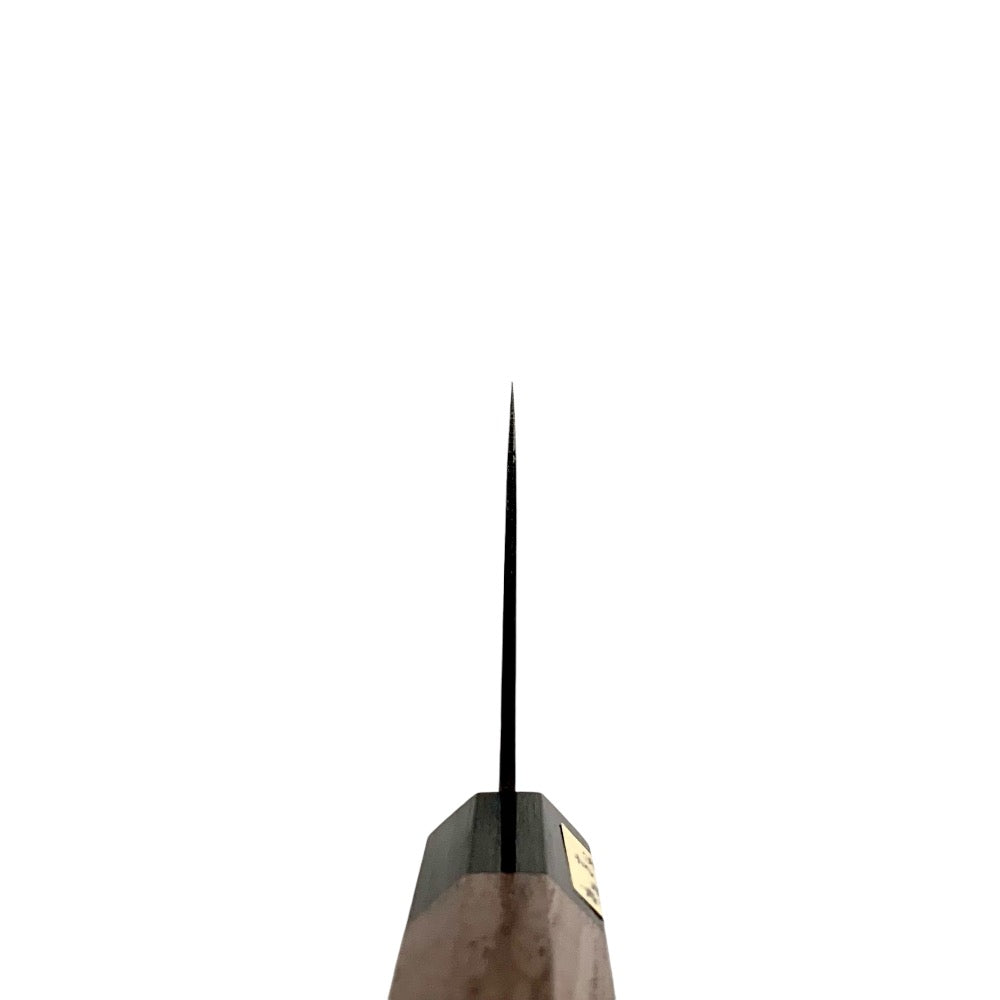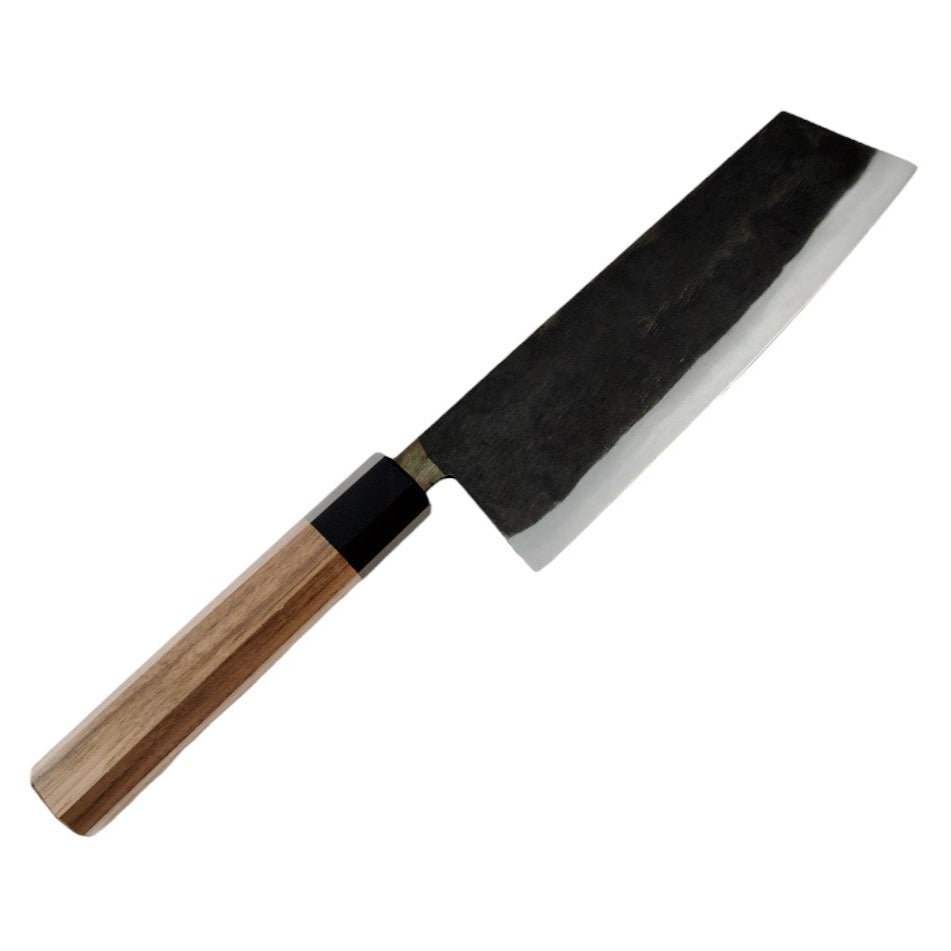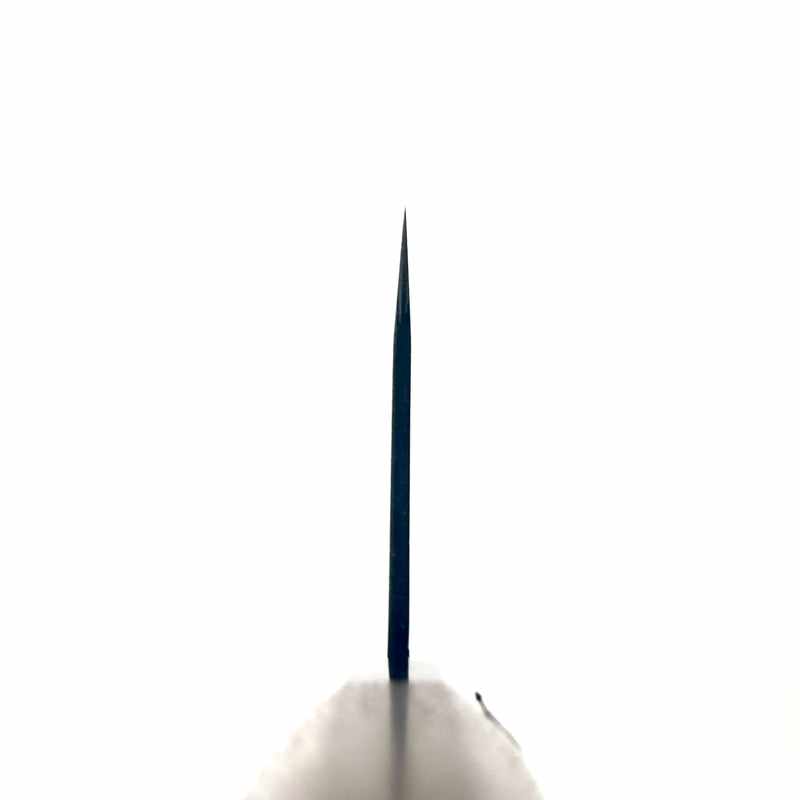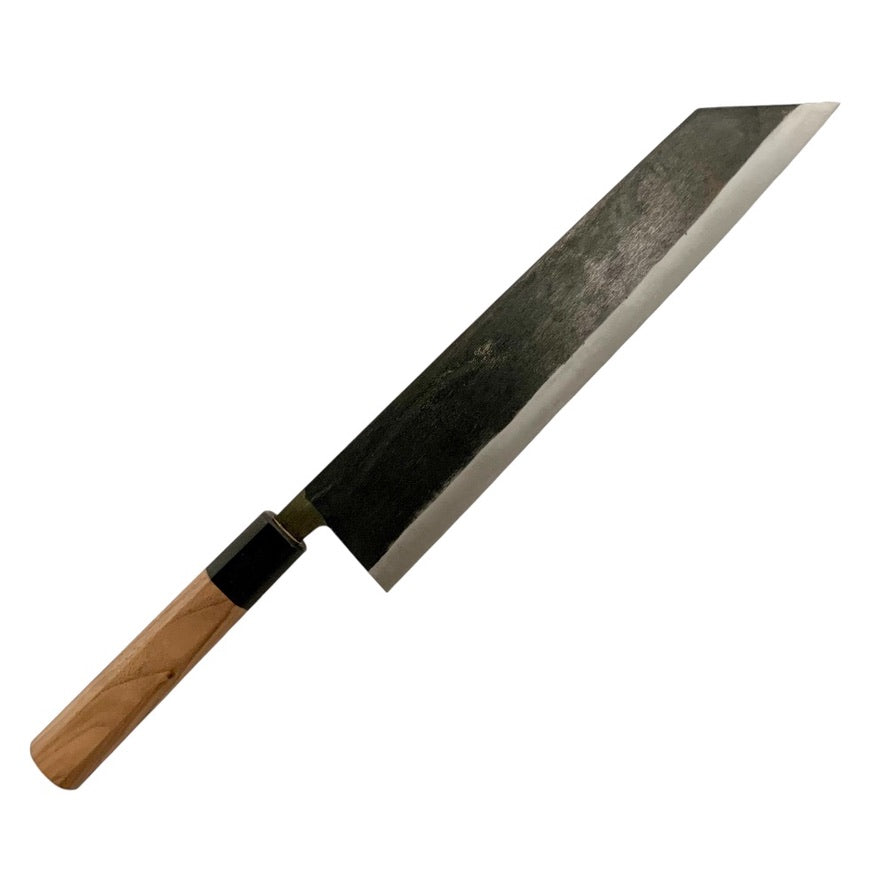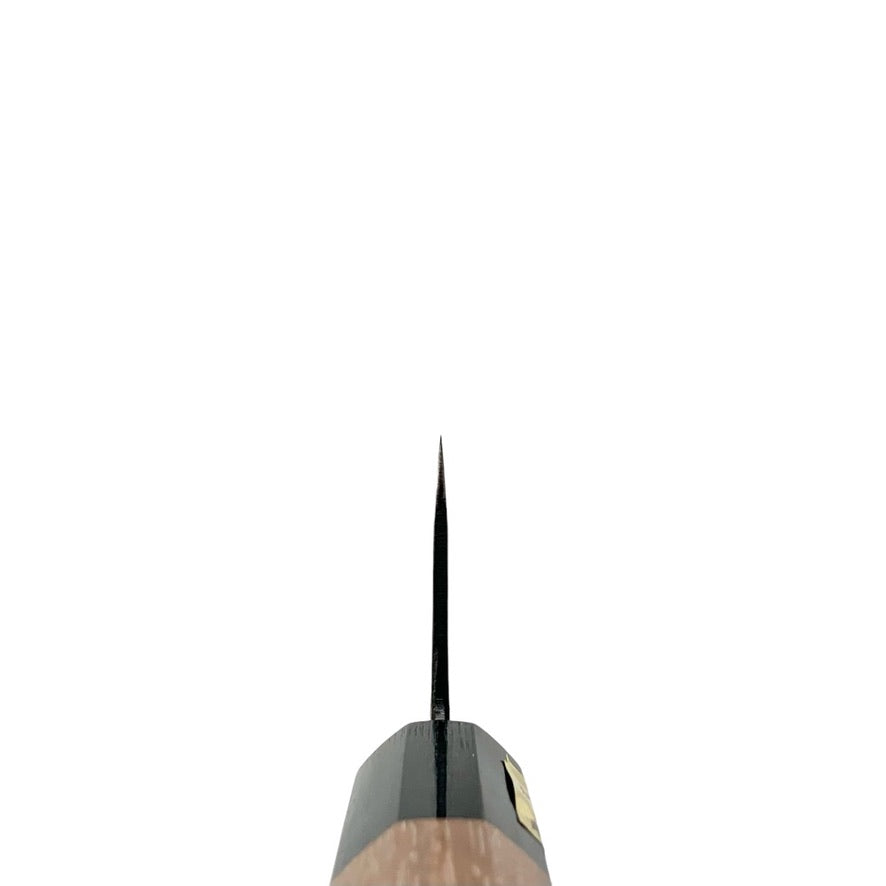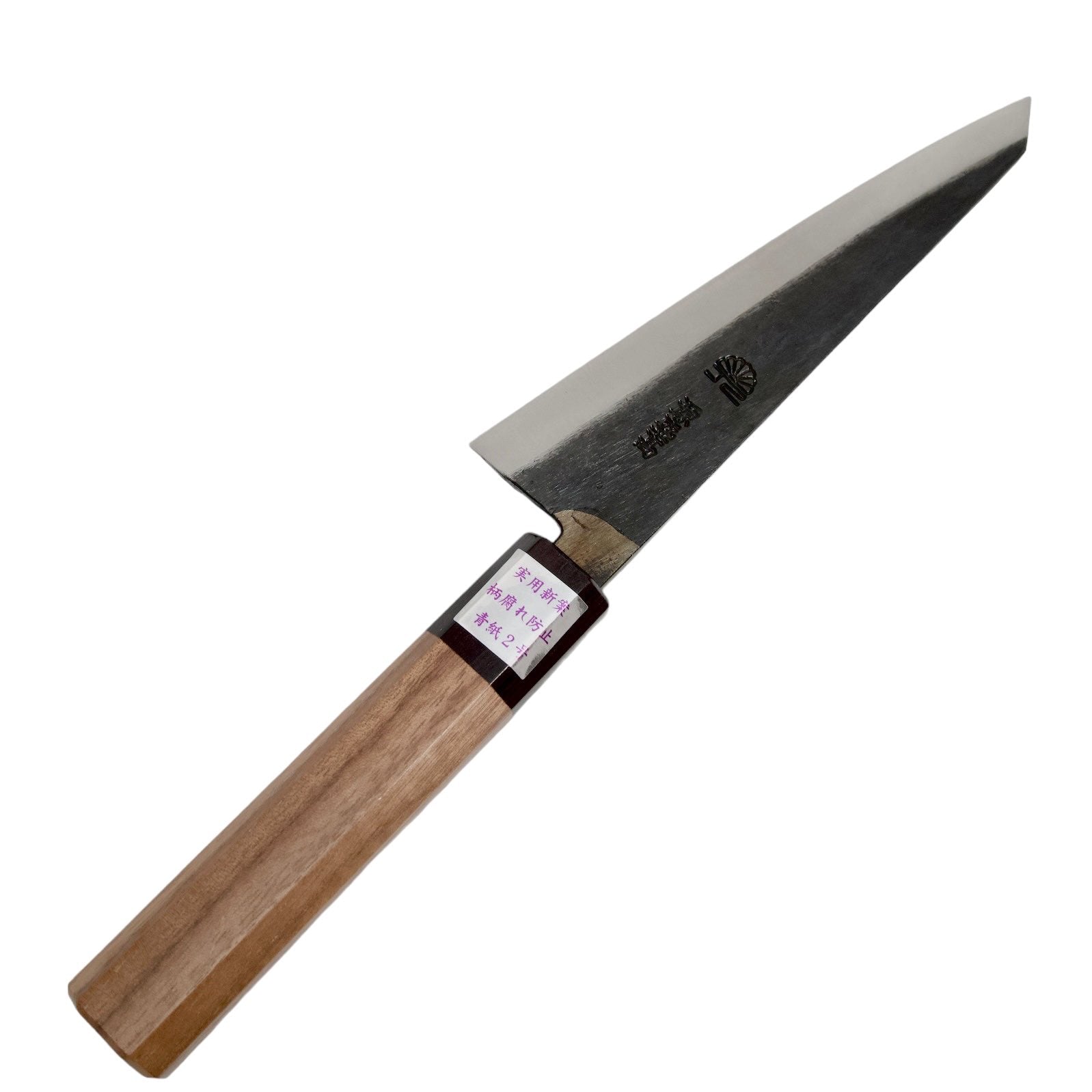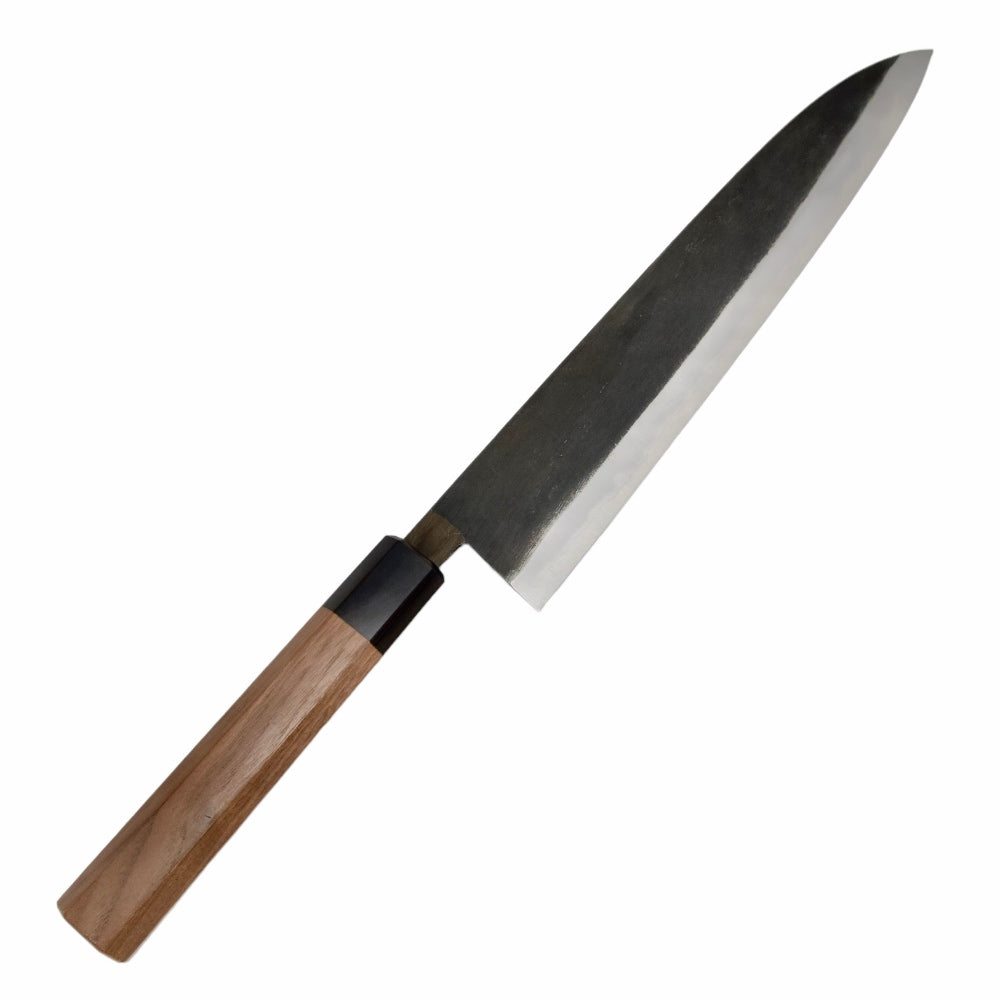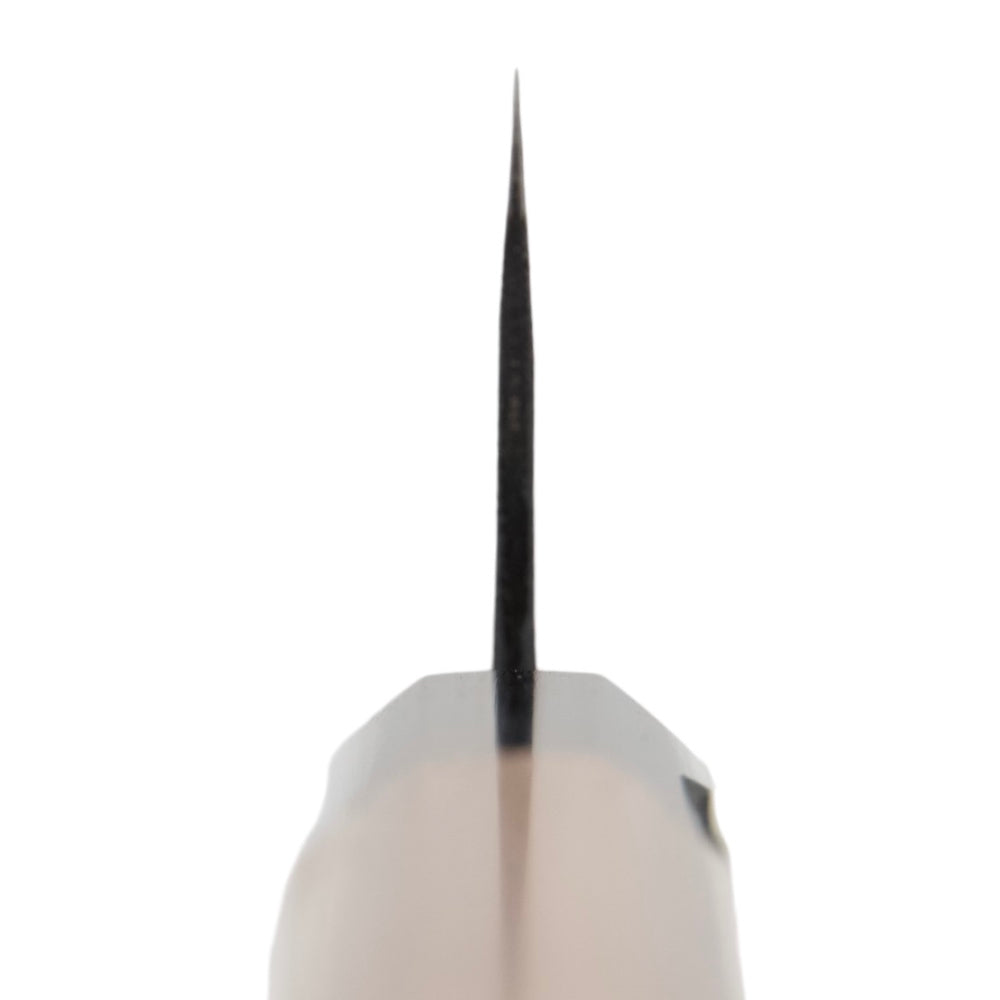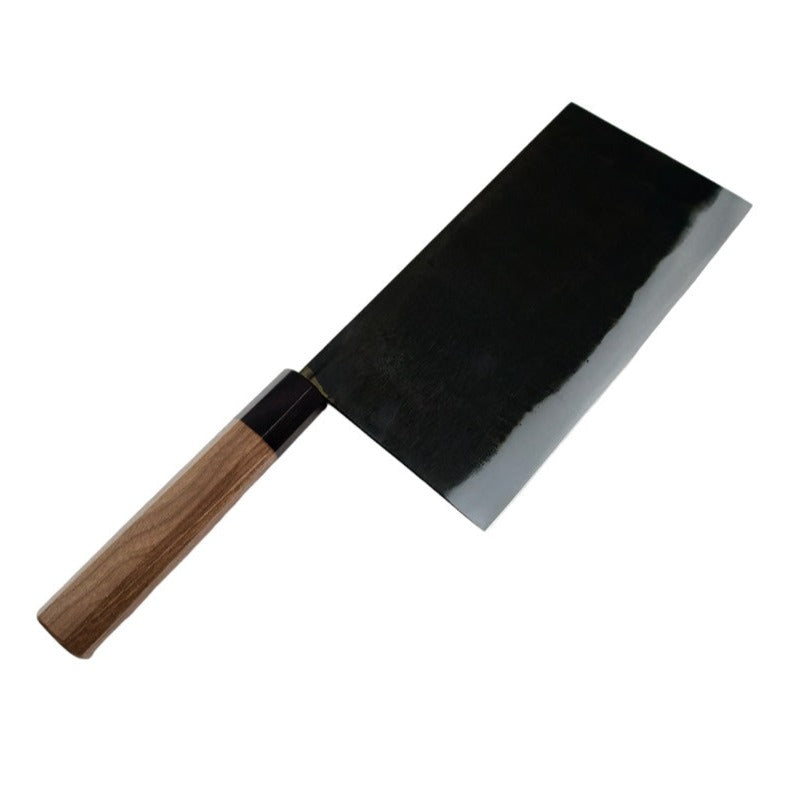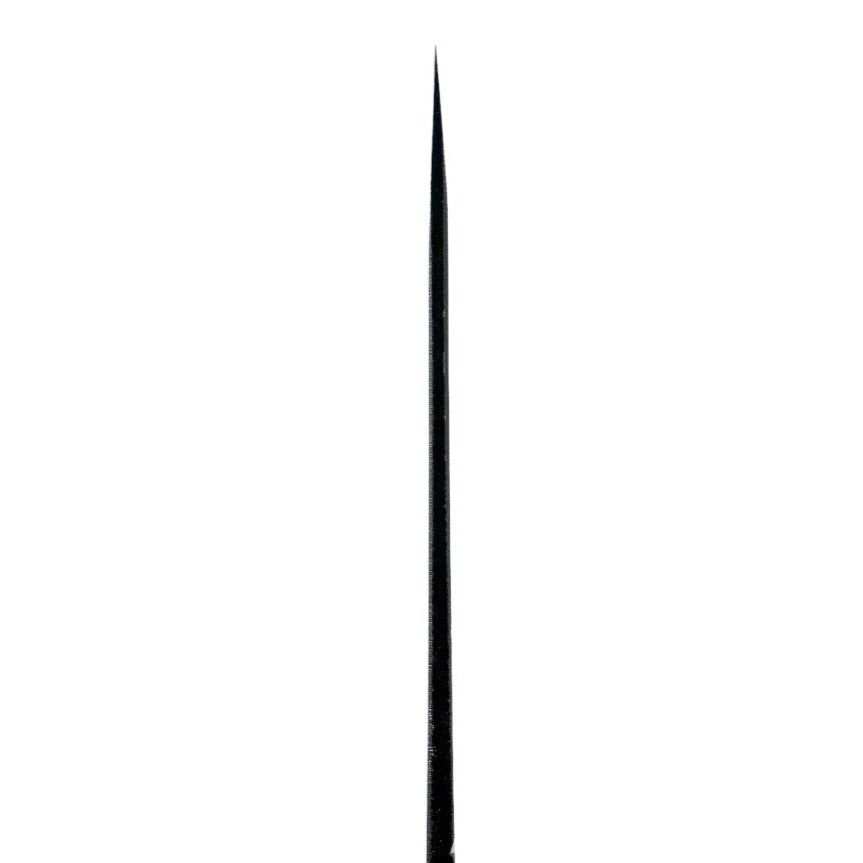Filters
Moritaka Knives
Moritaka Knives
Moritaka Hamono is Tokushu Knife’s very first partner and one of our most cherished. Forging blades in Kumamoto, Kyūshū since 1293 AD, the Moritaka family is now in its 27th generation — still the only kitchen‑knife blacksmiths in their region.
Seven Centuries of Craft (A Brief History)
Legend holds that Chiyozuru Kuniyasu, founder of the Moritaka house, began forging sickles and spears for local temples in the Kamakura period. * Over 700 years later, the family continues to work from Yatsushiro, transferring the same hammer‑techniques to modern Aogami Super chef’s knives. Their workshop limits output to a few dozen blades per day so the core steel can be forged, low‑temperature clad, and water‑quenched entirely by hand. In 2013 Moritaka Hamono received the Kumamoto Prefecture Traditional Crafts designation, a rare honor that legally protects their methods and regional identity.
*Source: Kumamoto Traditional Craft Promotion Council, 2024.
Moritaka Knives at a Glance
- Steel Core : Aogami Super, forged in‑house, tempered ≈ 65 HRC.
- Cladding : Soft‑iron san‑mai — maximum support, minimal carbon migration.
- Finish : Authentic kurouchi (blacksmith oxide), zero synthetic coatings.
- Region : Yatsushiro, Kumamoto 🗾 | Family craft since 1293.
- Heat‑Treat Edge : Low‑temp cladding + precise quench keep tungsten carbides tough, not brittle.
- Blade Tuning : ≥ 240 mm run thicker for core support; ≤ 210 mm are ground thin & ready out of the box.
Why We Reach for Moritaka Daily
| Trait | What It Means in Your Kitchen |
|---|---|
| 65 HRC Aogami Super | Exceptional edge retention & bite — less sharpening, crisper cuts. |
| Soft‑Iron Support | Pencil‑wood analogy: toughness without extra weight. |
| True Hand‑Forge | Every blade straight‑eyed & consistent — uncommon for rustic AS knives. |
| Region‑Only Maker | Centuries‑old know‑how you will not find replicated elsewhere. |
Kurouchi Care Tips
- Wipe dry immediately — soft‑iron cladding will rust if left wet.
- Avoid prolonged contact with citrus, tomatoes, vinegar; acids can strip the kurouchi finish.
- No scrubbing pads — use a gentle sponge to preserve the black oxide layer.
- Expect a natural patina along the bevel; it’s your badge of hand‑forged honor.
Which Moritaka Is Right for You?
Up to 210 mm Blade (Thin‑Ground)
Petty, Santoku, 210 mm Gyuto, Kiritsuke — delivered razor‑thin, perfect for prep straight from the box.
240 mm & Above (Workhorse Grind)
240 / 270 mm Gyuto, Sujihiki, Kiri‑Cleavers — kept slightly thicker for structural integrity while maintaining stellar edge performance.
Frequently Asked Questions
Are Moritaka knives carbon or stainless?
They use high‑carbon Aogami Super steel, so expect a patina and keep them dry to avoid rust.
How often do I need to sharpen a Moritaka knife?
Strop monthly; stone sharpening is usually needed only every 6–9 months with normal home use.
Is the kurouchi finish a coating?
No — it’s the natural oxide layer from forging and adds character plus a touch of corrosion resistance.
Do you ship Moritaka knives internationally?
Yes. We ship worldwide from our US warehouse, and duties are calculated at checkout for most destinations.
Written by Anthony Maciejewski, Tokushu Knife founder & certified knife sharpener. Updated .

